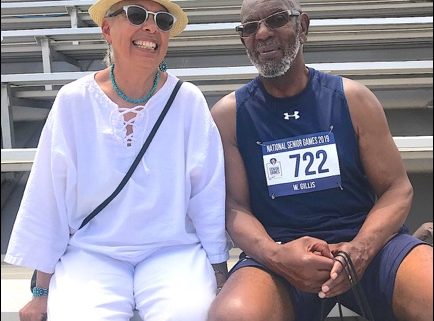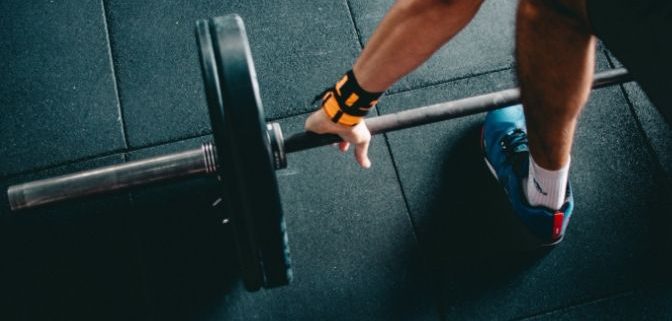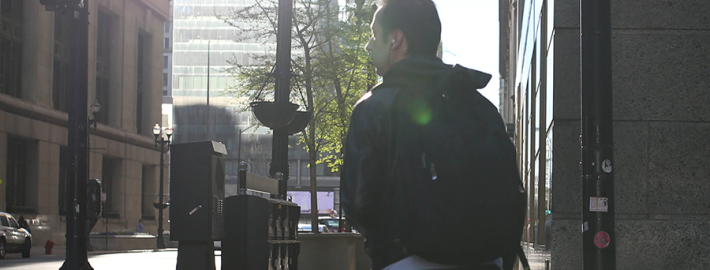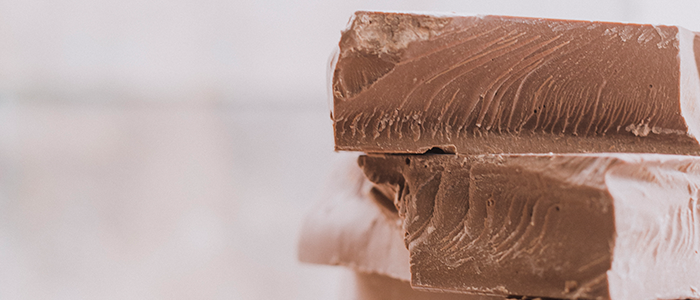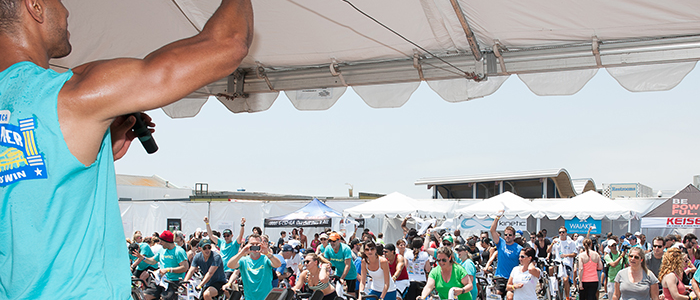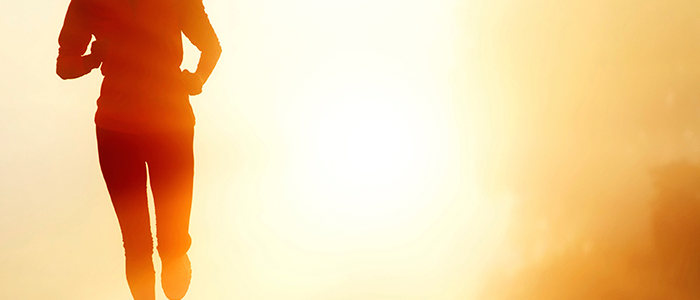Never having been a runner, I began participating in Natania’s running classes at my gym. With her diligent coaching, I began to actually ENJOY running and her tips on technique and form are priceless. Soon after, I joined her Vision Run Club. She met me on a weekend and ran a 5K with me so that we could establish my base time. After that, I began attending her weekly classes and followed the daily training schedule. Six weeks later, I ran my next 5K and shaved off 3 minutes from my time. Her workout regime was systematic and safe! Natania emphasizes safety, good body mechanics and not to go overboard. I highly recommend joining her running club!!! She definitely knows her stuff and keeps your best interest in mind! Am proud to say that I’m running my next 5K in a few days. :) Thank you Natania-you’ve given running a whole new meaning for me!
– Priya Siva, Vision Fitness & Wellness Run Club Member
Why We Started the Vision Run Club
Hey – it’s Natania here and I want to share my running story! I wasn’t born a runner. I became a runner.
I was a very competitive athlete in regards to gymnastics, baseball, swimming, etc. But I was never really good at long distances. I remember from public school we had to run a mile and I could barely make it. I recall starting and then not being able to continue to run and wondering, “Why?” I never felt successful in running as a child, so I didn’t follow up with it. I felt successful swimming and diving and doing short 50 meter sprints and using my body in that way, and that’s the path I followed.
My career went on and I moved out to California. Running had always been in the back of my mind as something that I wanted to do. I lived in Santa Monica, and I had dreams of getting up and running to the pier. Initially, I worked a lot in corporate executive positions within the fitness industry that pulled me away from working one-on-one with clients, which is where my true passion lies. During that time I felt separated from what I really wanted to do. It was a lot of time, a lot of work, and a lot of stress. There was a time when I got sick and I put on some weight – about 20 pounds heavier than my healthy body weight.
I met an amazing friend at work, and I noticed that she had a calendar for her track practices. I became intrigued, and I said to her, “I want to get back into running. Would you be my running coach?”. She took me out to run, and on the first day we did some drills, and then she said, “Okay, let’s run.” I took off and she told me, “Whoa, whoa, whoa, slow down! You’re not going to be able do this run that fast.” And I said, “Really? I need to slow down?”. And I realized that all my life I always started fast and sprinted and everyone had tried to get me to slow down for longer runs.
My friend was a mid-long distance runner, so I ran with her, and then she brought me over to her track team. That was challenging. I wasn’t let on the team for over a year. I kept showing up to practices and I was still the slowest one on the team. But I really wanted to develop as a runner and overcome the challenge. I entered my first track meet, and the 400 meters nearly killed me – the last 100 meters I had no clue what hit me, like a bear on my back! It was one of the most difficult things I’ve ever done both physically and mentally.
Now when I do run, I use it as a form of meditation, a form of focus that brings me back to the things I really love: movement, health, happiness and feeling alive. I love sharing that with people. I love to give back all that’s been given to me over the course of my running journey. I run because it helps me overcome things that I think are not possible. I run because it helps me break through seemingly impossible obstacles. I run because I sometimes have to dig deep and find that inner strength to move forward. I hold on for just a second more and say to myself, “I can, I will.”
I hear all the time, “I am not a runner, I can’t run, etc.”. Deep down I think some people really do want to run but are concerned, fearful about hurting themselves or have had a bad past experience, like my own. Running is a form of freedom, inner strength and form of motion. Everyone wants to be free. All it takes is moving away from the “I can’t” mindset and giving it a shot. With the right coach, belief from within and from good friends on the outside – you can become a runner.
Ready, set, go!
At Vision Fitness and Wellness, running is about teamwork. We know that every runner is at different levels, and we are here to make sure your runs are fun, social, and on track with good form. We offer six weekly runs as well as local 5K and 10K group runs. Our Run Club is starting a new session this Saturday, January 11th. Sign-up today and receive a free Lorna Jane/Vision tank top!
The New Year is the perfect time (and perfect weather) to start on your own running journey. You don’t need to carry an Olympic torch – just the unique torch inside of you. Call us now at (424) 731-0140or email to join the best run club on the Westside of Los Angeles.
May the wind be at your back, always. NEVER, NEVER, NEVER give up on your dreams!


